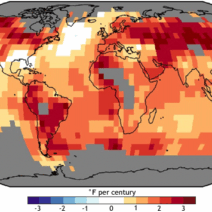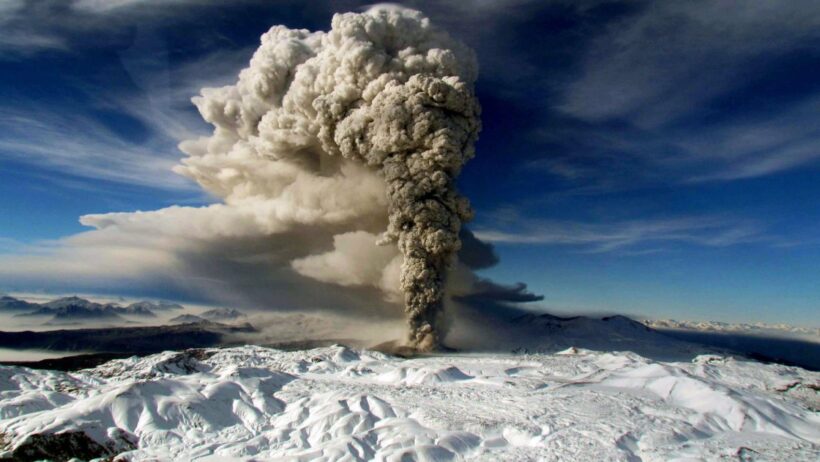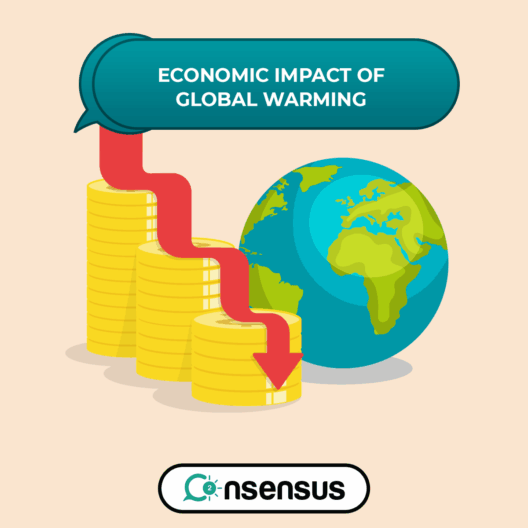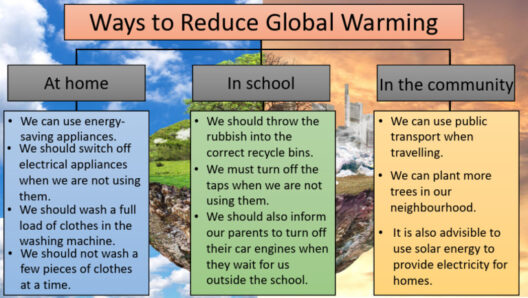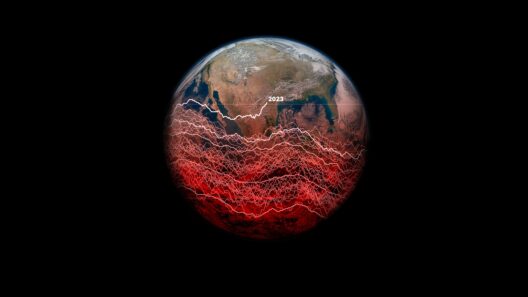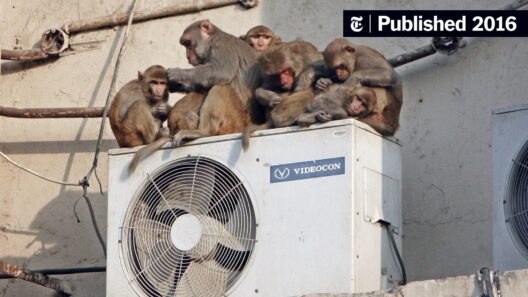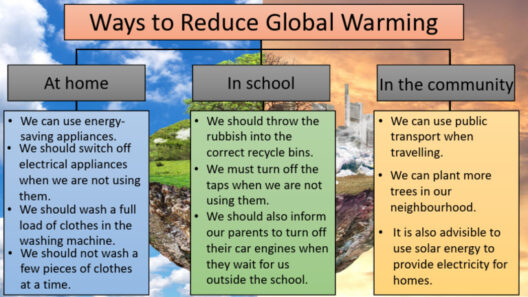As the narrative around climate change continually evolves, a curious question arises in the scientific community: could global warming trigger more volcanic eruptions? At first glance, one might not easily associate a warming planet with increased volcanic activity. Rotating the lens on climate change often leads us to consider the impacts of human intervention and emissions on weather patterns, sea levels, and ecosystems. However, it is imperative to expand our understanding of how these changes might affect geophysical phenomena, particularly volcanic eruptions, which are inherent processes of Earth’s geological engineering.
The connection between volcanic activity and climate is not purely linear; it is complex and multifaceted. First, consider the geophysical response of our planet to climate alterations. The Earth’s crust is dynamic, shaped by tectonic shifts, pressure diversities, and, crucially, temperature variations. As global temperatures rise, the melting of polar ice caps and glaciers leads to a reduction in the weight pressing down on tectonic plates. This phenomenon, known as isostatic rebound, may induce increased volcanic activity, notably in regions predisposed to eruptions.
In essence, the decrease in overburden pressure around magma chambers can facilitate the ascent of magma that had previously been locked beneath the crust. The potential for increased volcanic eruptions as a by-product of global warming reshapes our understanding of both climate dynamics and the Earth’s internal machinery. This connection compels critical examination, as it intertwines two phenomena—climate change and volcanic activity—that have historically been treated in isolation.
Additionally, rising global temperatures lead to changes in atmospheric and oceanic circulation patterns. These changes may influence volcanic activity by altering the distribution of stress along tectonic boundaries. For example, variations in oceanic heat could possibly trigger seismic activities that precipitate eruptions. Understanding this interplay is paramount as we delve deeper into the interconnectedness of Earth’s systems.
Additionally, one must consider the role of volcanic eruptions in climate moderation. It is an ironic twist that while global warming might spur volcanic activity, the eruptions themselves can emit significant aerosols into the atmosphere, temporarily cooling the planet. This phenomenon occurs because volcanic gases, including sulfur dioxide (SO2), convert into sulfate aerosols, which reflect solar radiation away from the Earth. Historical precedents, such as the 1991 eruption of Mount Pinatubo, demonstrate the capability of volcanic eruptions to induce global cooling, albeit briefly, and question the long-term repercussions of such natural occurrences in a warming world.
However, the fascinating interaction between climate and volcanism does not stop at mutual influence. The implications of increasing volcanic activity could extend beyond immediate climatic changes to exacerbate the ongoing challenges wrought by climate change. For instance, eruptions can lead to ash clouds that disrupt air travel, impact agriculture, and cause health crises—factors that could compound the difficulties nations face in adapting to rising temperatures and sea levels. The nuances of this interaction call for a sophisticated understanding and a proactive approach to managing both volcanic and climatic hazards.
Furthermore, as the frequency and intensity of some volcanic eruptions potentially increase due to climate-related factors, the socio-economic ramifications must be interrogated. Regions situated near active volcanos often grapple with precarious living conditions, facing natural disasters that wreak havoc on infrastructure, livelihoods, and ecosystems. Climate change could place additional stress on these vulnerable communities, where the dual threats of environmental degradation and geological hazards heighten the stakes. Local governance and disaster preparedness programs will need to evolve in response to these intertwined realities.
To comprehend the full scale of how global warming may influence volcanic activity necessitates diligent research and adaptive strategies. Multi-disciplinary collaboration among volcanologists, climate scientists, and socio-economic planners is critical. Models that factor in various climate scenarios and their potential impacts on geological events should be a priority in scientific inquiry. As the field of climate science grows ever more intricate, it is essential to recognize the interdependencies between atmospheric changes and geological processes. The duality of global warming as both a trigger for volcanic eruptions and a possible moderator through volcanic output deserves extensive exploration and public discourse.
In conclusion, envisioning the nexus of global warming and volcanic eruptions challenges conventional assumptions about climate change. Far from an isolated incident, volcanic activity emerges as a significant component in the broader dialogue about the Earth’s changing environment. The possibility that volcanic eruptions could increase as a consequence of global warming not only piques curiosity but also underscores the urgency of addressing climate change holistically. As we inch closer to unprecedented climatic thresholds, understanding the myriad consequences—both expected and unexpected—becomes essential in navigating our shared future. This nuanced understanding fosters a pathway forward, paving the way for resilient societies that can adapt to both climatic and geological challenges.
